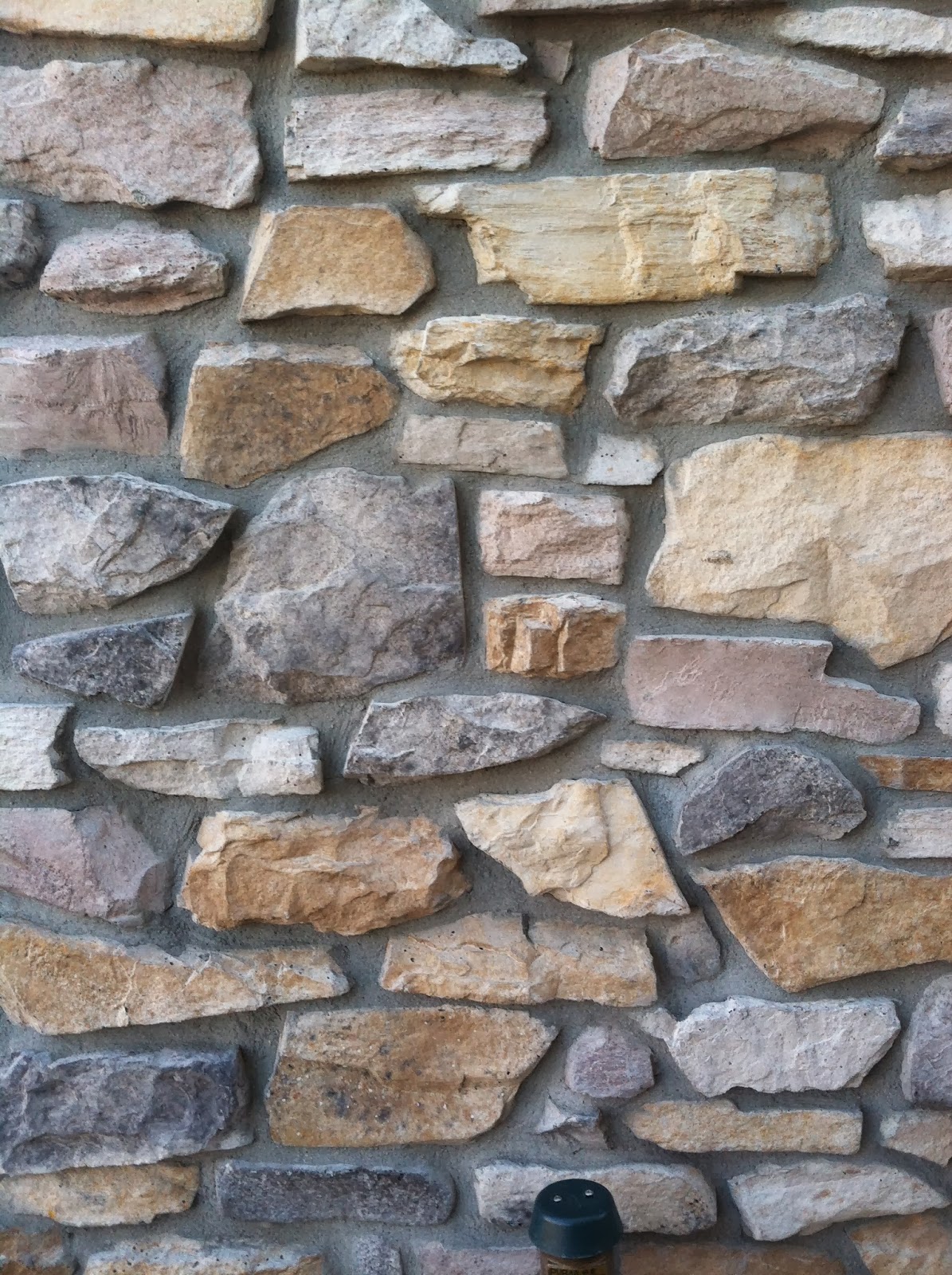Posted by Eric Hammond Adams County
I acquired an infrared thermometer recently. It’s a really neat toy tool that measures the surface temperature of any object you point it at. It has all sorts of practical uses such as checking windows or duct work for air leaks and is even used in horticulture research to help quantify things like stress by measuring leaf temperature. So,
 |
| Ryobi infrared thermometer |
what is the first thing I do with it (well second thing actually- I now know my dog’s nose has a temperature of 81°F- does that seem low)? I walk around pointing it at different elements of my and neighbor’s landscapes while they undoubtedly watch me through their windows wondering exactly what kind of crazy I am.
To set the scene, it was partly cloudy day earlier this week with little direct sunlight and I took all of the temperatures around two in the afternoon. According to what I’m sure is my highly accurate car thermometer the air temperature was 43°F. So, all in all it was a pretty mild day for January in Colorado. No direct sunlight and not crazy warm or cold. Even so, seeing the temperature of various things in the landscape depending on their composition and orientation was pretty interesting. (Disclaimer: This is all antidotal. It’s based on data collected on one afternoon with the cheapest infrared thermometer the Home Depot sells.)
Air Temperature | 43°F | Littleleaf Linden Trunk | 82°F |
Dormant Turf | 53°F | Rock Facade (Southwest facing) | 66°F |
Concrete Driveway | 55°F | Home siding (South facing) | 62°F |
Wood Mulch | 53°F | Home siding (North Facing) | 45°F |
Caddo Sugar Maple Trunk | 47°F | Dogs nose | 81°F |
Even though some of the temperature differences were not as dramatic as I would have guessed the relative temperatures of the elements do illustrate the importance of good landscape design and management.
 |
| Rock façade facing Southwest. A tuff site to for a plant. |
I think the temperatures of the rock façade and composite siding would have been higher if the weather had been less cloudy and more shortwave radiation was reaching them but, even the 20°F difference I observed serves to illustrate the danger of planting to close to brick or concert structures with South to West exposures. The added heat load can be stressful to plants in both the winter and the summer, especially to evergreens.
 |
| Sunscald on Littleleaf Linden |
The most interesting thing to me was the high temperature of the lower portion of the trunk of the Littleleaf Linden. On a 43 °F day it had a temperature upwards of 80°F. Its only one tree and the temperature could certainly have been influenced by other factors such as the site the tree was planted in but, it struck me as noteworthy because Lindens are often prone to sunscald (also known as southwest disease). This is a condition that is caused by rapid fluctuation in the temperature of the bark. The reason we recommend wrapping young tress, especially those like lindens which have smooth and\or thin bark is to mitigate these fluctuations. The difference between the Linden and Caddo Sugar Maple might be attributed to several factors including the sites the trees are planted in and color of their bark. The linden was planted along a parking lot while the maple was in turf. The maple also has a much lighter colored truck than the Linden. It will be interesting to return and see what the temperatures are on a warmer day with more direct sunlight.